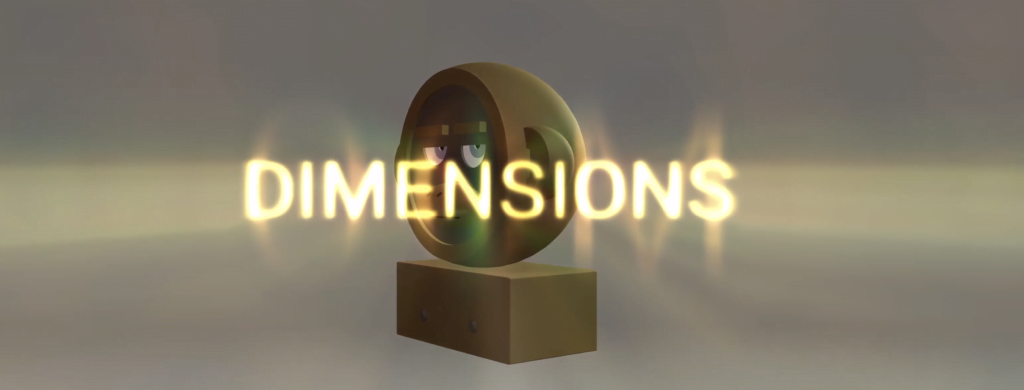Metagood, the creators behind OnChainMonkey (OCM), has announced the relocation of the OCM Genesis, a collection of 10,000 NFTs, from the Ethereum blockchain to Bitcoin’s blockchain. The move represents a firm belief in Bitcoin’s blockchain’s potential for digital artifacts. The decision was backed by an overwhelming majority in a recent vote organized by the OCM DAO, founded in 2021.
The OCM team initiated this process by proposing to cover some of the substantial migration costs (around $1 million), making it free for all OCM Genesis NFT holders who earned a Bitcoin Badge. These badges were awarded to those who participated in a series of missions spanning approximately a year. On August 30, 2023, they proposed subsidizing the migration cost by 350 ETH, which is roughly equivalent to 570,787 USD, a proposal that swiftly gathered support from the community, amassing over 4,700 votes in favour within 24 hours, a record number of votes in such a short period since the DAO‘s foundation.
Metagood’s CEO and co-founder, Danny Yang, expressed the community’s strong belief in the benefits of this migration. “Our OCM community has conviction in our move to Bitcoin,” he said. Furthermore, Amanda Terry, the COO and co-founder of Metagood, noted the remarkable consensus on adopting the Ordinals technology, which was introduced only in February of the same year.

A Glimpse into Bitcoin Ordinals and Recursive Inscriptions
The community’s support isn’t just a leap of faith; it is grounded in understanding the potential of the new technology. Central to this transition is the implementation of Bitcoin Ordinals and the novel development of Recursive Inscriptions, a technology spearheaded by the Metagood leadership team.
Danny Yang, who has been involved with Bitcoin since 2013 through his first Bitcoin company, Maicoin, has been at the forefront of these developments. His expertise building on Ordinals played a significant role in pioneering recursive inscriptions, facilitating the creation of 3D generative art on Bitcoin through the OCM Dimensions collection. This technology has revolutionized the capabilities of the Bitcoin blockchain, allowing for complex programs to be stored and executed directly from the blockchain, something previously considered unfeasible without altering Bitcoin’s core protocol.
The Future of Digital Artifacts on Bitcoin
As the migration date approaches, it’s clear that this move marks a milestone not only for the OCM community but also in the broader context of blockchain technology. Recursion and other characteristics of Ordinals facilitate the creation of a type of on-chain NFTs known as Digital Artifacts, which are noted for their increased security and decentralized nature.
Danny Yang emphasized the scale of this project, noting that it is a monumental milestone for the community and a pioneering effort in the realm of blockchain technology. “The Genesis collection will have many innovative features to its name and be on Block 9 Satoshis (sats), the first sats in circulation. They will be in sequential order, matching the sats, and have clear collection provenance on Bitcoin, and provenance going back to their origin on Ethereum,” Yang elaborated.
Furthermore, Yang added: “In the past, other projects have been paid a substantial amount of money to move to another blockchain. We are doing the opposite. We are so convinced in our move that we are spending more than $1M of our own resources to make the move to Bitcoin and in an important and innovative way.”
As OnChainMonkey prepares to mark its second anniversary since the launch of its Genesis collection on Ethereum this coming September 11, this migration highlights another shift in the trajectory of digital assets, leaning towards a more decentralized and secure future on the Bitcoin blockchain.
